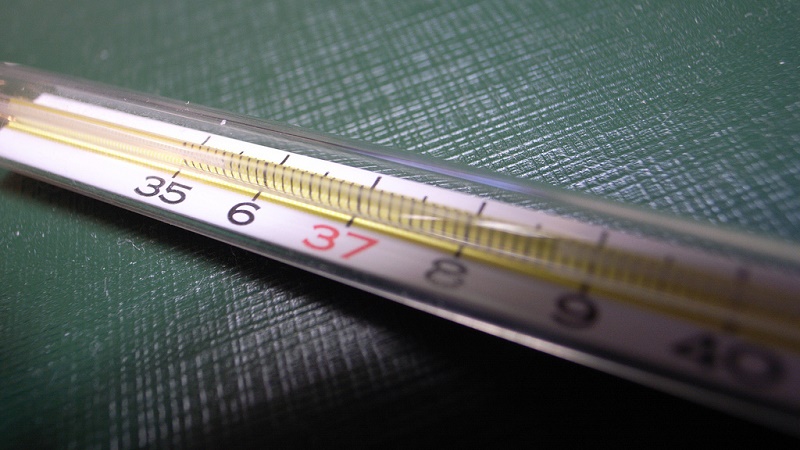Pollution control measures needed to limit global warming to 1.5C this century will cost three times as much as holding temperature rise to 2C.
That was revealed in a study published in Nature Climate Change this month, led by Joeri Rogelj of the Vienna-based International Institute for Applied Systems Analysis.
These costs land more heavily in the near term, as earlier emissions cuts are needed in the transport and buildings sectors to meet the tougher target in the Paris Agreement. The study does not balance the increased upfront costs against the greater economic impacts predicted if warming reaches 2C.
The analysis primarily focuses on how social and economic factors affect the chances of meeting international climate goals, running five scenarios through six different models.
In a “regional rivalry” world with little international cooperation or innovation and widening inequality between rich and poor, 1.5C proved impossible – as did 2C. That was largely down to land use: deforestation went out of control.
A “green growth” world of dramatic energy savings, low-meat diets and less inequality showed the best prospect of averting dangerous levels of warming.
“The deeper you try to go with your emissions cuts”, said Rogelj, the more important these socioeconomic factors become.
Amid that comparison is one of the clearest illustrations to date of the extra efforts required to make 1.5C happen, inserted below.
The starkest difference is in the 2040 carbon price, which in a middle-of-the-road development scenario must be 400% higher for 1.5C than 2C. Long-term costs, over the period 2010-2100, come out around 200% higher.

Indicators of the extra effort needed to hold global warming to 1.5C compared to 2C, under three different socioeconomic scenarios. SSP1 represents green growth, SSP2 is based on historic development trends and SSP5 is a high fossil fuel pathway (Figure from Rogelj et al 2018, Nature Climate Change)
Glen Peters, a climate policy expert at Cicero who was not involved in the study, told Climate Home News the escalating costs reflected the narrowing chance of averting 1.5C warming.
“Our face is already against the wall; we don’t have anywhere to move,” he said. “1.5C is so close to becoming unfeasible, just before it becomes unfeasible the costs will go to ridiculously high levels.”
Supplementary data shows that, depending on the scenario, the extra costs may not make a huge dent in economic growth. In the middle-of-the-road option, shown as blue in the above diagram, it hits consumption by 1-2% over 2020-2100. For the pink, high fossil fuel pathway, it is in the 5-10% bracket.
“If you take a long term perspective, overall costs are not that high,” Rogelj told Climate Home News. “The barriers to mitigation are really not the cost, the barriers lie somewhere else: in vested interests, in inertia, in winners and losers that have different political power.”
And the paper only shows one side of the equation – the cost of reducing carbon emissions. Others have pointed to the human, environmental and economic damage expected at higher levels of warming.
Leaked: Draft summary of UN special report on 1.5C climate goal – in full
A leaked draft summary of the IPCC special report on 1.5C said the extra half a degree to 2C heightened risks of extreme weather damage, hunger and disease. Adapting to those impacts costs money, although that difference was not quantified.
There are also some positive side-effects to fast climate action. A study in Nature Climate Change this week found pitching for 1.5C instead of 2C could save 153 million lives, mostly in Asia, by slashing air pollution in cities.
Bill Hare, adviser to small island states who campaigned for the 1.5C target, argues the avoided damages and co-benefits of faster emission cuts outweigh the costs. “It is worth it,” he told CHN.
Rogelj’s is part of a wave of studies around the 1.5C target to be published before the deadline for inclusion in an Intergovernmental Panel on Climate Change (IPCC) special report.
In the pages of Nature Geoscience, a debate is raging over exactly how much the world can emit within the 1.5C threshold. The “carbon budget” varies widely depending on how the problem is defined.
It is a largely academic point as the world is way off course to meet even the more generous 1.5C carbon budget, said Peters. “Pretty much irrespective of the carbon budget, you have to cut emissions as fast as you can and see where you go. As fast as is feasible may not be enough for 1.5C.”
